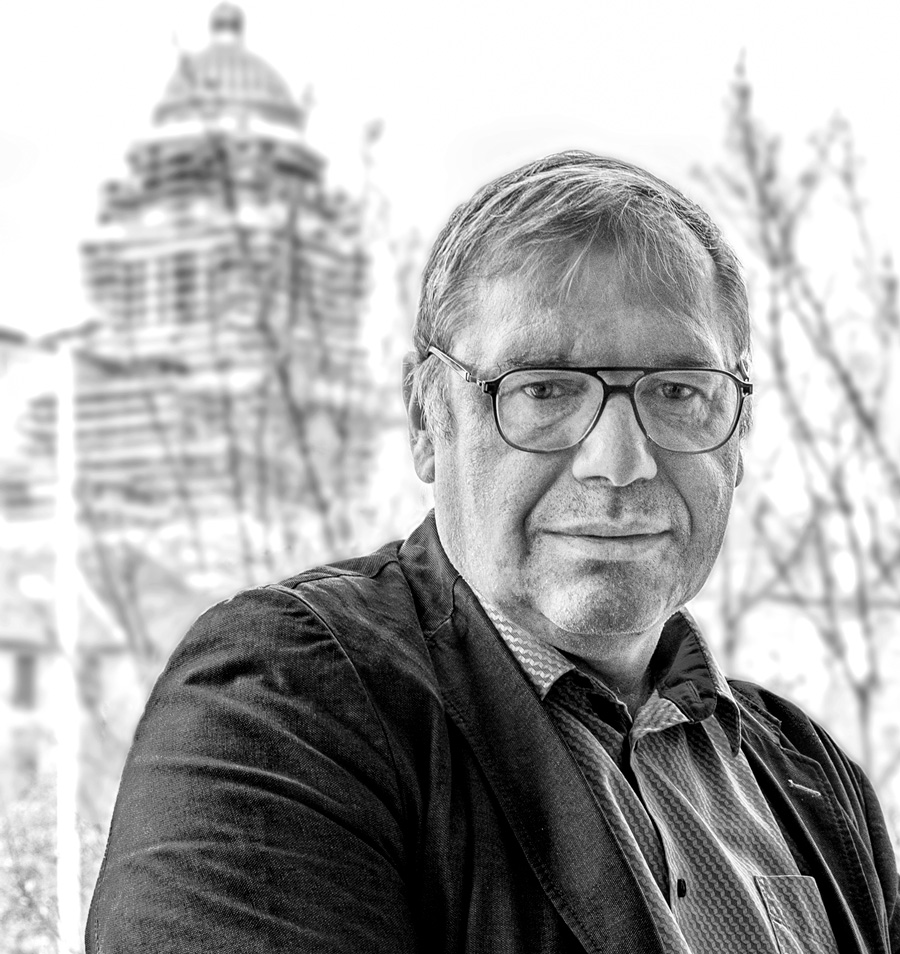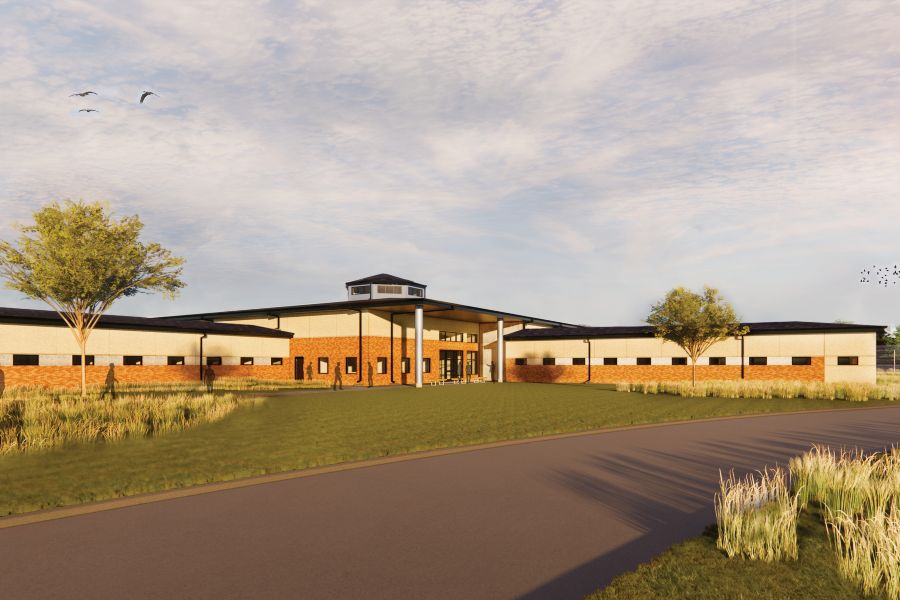Interview
Rudy Van De Voorde
Director-General Belgian Prison Service
What are the main challenges facing the Belgian prison service, and what action have you taken to address them?
RV: One of the main challenges we face is the need to continue investing in applying the human rights framework in work processes and in our staff’s mindset.
In Belgium, we have a relatively good legal framework for defining the mission of correctional services. However, instilling this in the mindset of our people and, most importantly, in the minds of our correctional officers is something that needs further attention.
We are working on a code of ethics and integrity based on the integrity management structure that the United Nations defines. At the same time, another of our strategies is to recruit staff members based on new skill profiles, which better match our legal framework.
In addition, we have been a very operational administration, always busy with daily struggles and solving problems. As a result, we have not invested enough in conceptual work in recent years.
To reverse this trend, we are setting up a new department whose primary mission will be to research criminological and correctional concepts based on existing best practices at a global level, and define how we can integrate them into the Belgian model.
Other issues we face concern the need for digitalisation and investment in healthcare. Moreover, a critical and constant problem is the overcrowding of our prisons. It is not a recent phenomenon; it started in the early 1990s – I have been serving for 32 years, and in all this time, there has not been a single period when prisons were not overcrowded. This makes managing the capacity of our prisons very difficult.
How do we create new prisons? Does the Belgian justice system have a reductionist approach?
Although politicians always say that we should send fewer people to prison, criminal law legislation has evolved steadily in the past few decades, resulting in more offenders in custody and longer sentences. It is therefore a great paradox, a contradiction between the official ambition of governments and the legislation that comes into force. Prison overcrowding started as a crisis, but now it’s a chronic disease.

JT: Modernisation plans have been underway in recent years, both in terms of infrastructure and technology.
What is their level of progress? And how do you envision their short-term evolution?
RV: The construction of new prison infrastructure is a significant problem in Belgium as the “Not In My Backyard” phenomenon still exists. However, at the end of 2022, we will open two new prisons, one in Brussels and the other in Dendermonde.
The Brussels prison should have been ready in 2016 and the Dendermonde prison in 2014. Years have been lost due to delays, and the problem remains: the speed of construction of new prisons does not keep pace with the evolution of our prison population.
The concept for these new prisons is very innovative in the Belgian context, which currently has classic large panopticon-style, three-storey prisons, while the new prisons, specifically the one in Brussels, are based on living units designed to house a maximum of 25 to 30 inmates in an open regime. This new model increases the opportunities for inmates to have more autonomous lives and enables our staff to have more contact with inmates through different types of programmes.
Our current infrastructure is very much based on the principle of security, with closed cells and little movement out of them, while the new infrastructure will allow inmates to spend many more hours outside their cell and engaged in activity plans, both indoors and outdoors. This will be a historic leap for Belgium.
On the topic of digitalisation, I think we were one of the first countries to have a relatively good offender management system (OMS), but it is now at the end of its life cycle. We are preparing a new one, which will have much better performance; it will manage the individual records of inmates and be a helpful tool in the elaboration of correctional policies.
The new OMS will make predictions about the evolution of the prison population in the coming years, not only in quantity but also in quality, that is, we will have a better understanding of our inmates’ profiles, and, consequently, we will be in a better position to develop treatment programmes that respond to the inmates’ needs.
We are also working on a new digital platform for the benefit of the inmates themselves.
Until now, we had a digital platform in the three public-private partnerships prisons, but it was a costly platform. We are currently preparing to install a new platform for all inmates, organisation-wide, including the oldest prisons. It will be a lighter version, focusing primarily on e-learning and internet access, and not on other features that are nice to have but that are not essential.
The previous platform provided many features and resources (inmates could write reports to the prison governor, shop online, watch movies on demand, etc.) that will not be the priority of the new one.
The new prisons are based on living units designed to house a maximum of 25 to 30 inmates in an open regime. This new model increases the opportunities for inmates to have more autonomous lives and enables our staff to have more contact with inmates through diferent types of programmes.
JT: Healthcare, especially mental health, is another issue where you have focused on the need for reform.
How much attention and investment have you devoted to the issue of health and mental health in prisons?
RV: The previous government analysed the integration of the prison healthcare service into the public service and, although this will not happen in the coming years, we are strengthening the healthcare services in our prisons. I recently received confirmation of the budget to do so; and we will therefore implement multidisciplinary first-line healthcare in different stages.
Our current medical services are very body- and somatic-oriented, and consequently, we will reinforce our prison healthcare teams with psychologists and other healthcare professionals. As the resources will become available in the coming months, preparations are underway to hire the staff to start implementing this integrated healthcare model in several prisons this year.
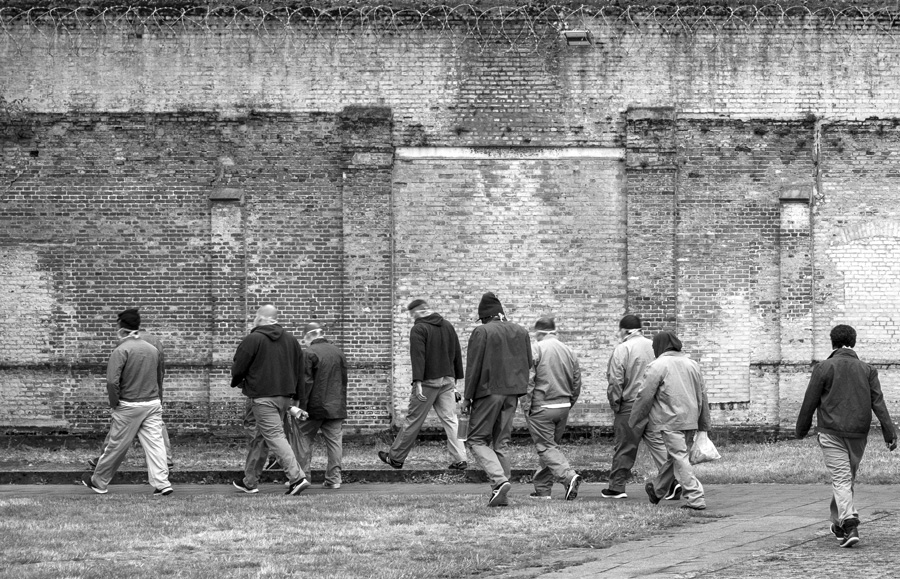
JT: From the beginning, when you took office, you defended the need for the focus to shift from security to care and treatment regarding the staffing of prisons.
What work has the Belgian Prison Service been doing to update the profile and the training of prison officers?
RV: Presently, 80% of our prison staff have more of a security role. This figure represents the philosophy of our system and the view of prisons as a priority security issue.
We will change that by differentiating the careers of prison officers; security staff will be placed on the prison’s perimeter, while in the life units, we will place staff whose primary function will be accompanying and tutoring prisoners in all aspects of their daily life.
For this staff profile, security will be something in the background, although, of course, they must also ensure compliance with security rules and regulations.
Security must be seen much more as a result of good staff inmates relationships than as something we can impose. Thus, there will be two different careers, with specific recruitment techniques, specific training programmes, etc.
In addition, because we will give the inmates more autonomy in the new contamination process, but our staff was – when the rate of contamination infrastructure, we will train prison officers in social skills much more than we do now.
Inmates will decide for themselves when they will leave their cell or when they will enjoy the walking area, and so this will allow our team to be more involved in developing human relationships with the inmates.
We are now in the negotiation phase with our Unions because it is a sensitive issue. The Unions are still not convinced of the strength of our prison staff modernisation strategy. The discussions are challenging, but our Minister is very determined to invest more in the soft approach to inmates.
The goal is to start with this new concept at the opening of the Brussels prison because then we can combine the positive aspects of new infrastructure with a new way of working. In this way, we are moving towards both the prisons and the prison officers of the future.
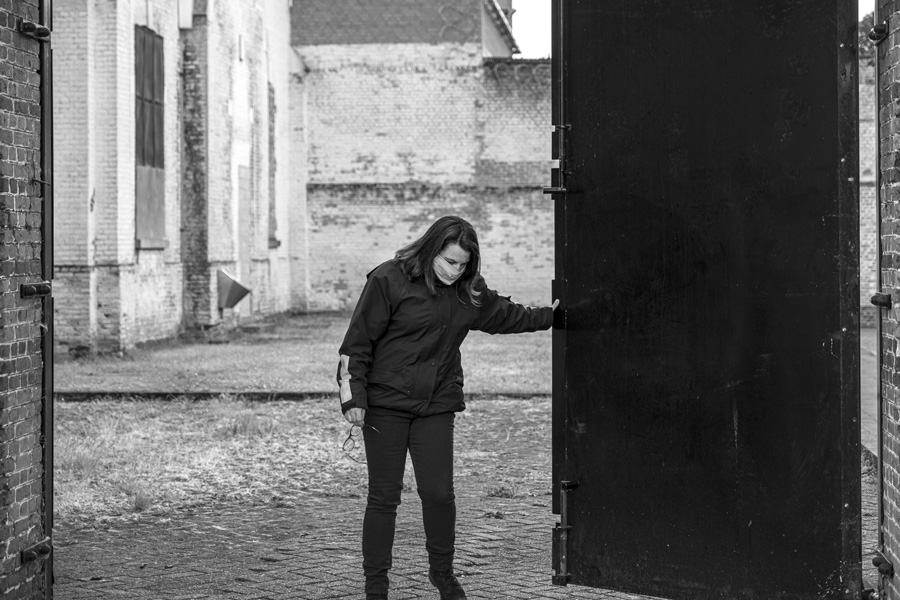
JT: It has been six years since the “Action Plan against Radicalisation in Prisons” was launched in Belgium.
What were the results of this Action Plan?
What is the current situation concerning radicalisation and extremism prevention in prisons, and is this issue still a priority?
RV: Our approach to radicalisation has evolved significantly. In 2014-2015, when the phenomenon started, it was something new for everyone, so we looked for new approaches.
The first ambition was de-radicalisation; two years later, it became disengagement; now it is desistance. We concluded that radicalisation is not a monolithic concept, and that this population tends to suffer from psychological problems much more than we initially thought, whereas before we believed it was a social deterioration process.
In a way, we have normalised the approach to radical inmates to the point that we work with them in the same way we work with others. Thus, the number of radicalised or extremist inmates has dropped – in 2015-2016, we had 300-350 inmates with this profile, and now we have 130-140. And we have very few problems with these offenders.
Furthermore, we do not see a significant recidivism rate in ex-inmates labelled as radicalised. The fear that this kind of offender would be potentially very dangerous for the rest of their life is not borne out by reality.
In Belgium, we created two sections to contain the most dangerous radical inmates (according to the risk of proselytization), but they are now practically empty. We no longer have inmates with this profile.
What is essential now and for the future is exchanging data and information about radicalised or high-risk individuals between the Prison Service, the Police, Intelligence and other security services.
We continue to invest a lot of resources in optimising the transfer and exchange of information. This was a significant change in our mindset: we sent a lot more information to external services and received a lot more information too.
This provides another perspective on how we can collaborate on this issue, not only regarding Islamic extremism but also political extremism and organised crime. Therefore, a better flow of information is beneficial for all parties.
The new infrastructure will allow inmates to spend many more hours outside their cell and engaged in activities (…) This will be a historic leap for Belgium.”
JT: The Covid-19 pandemic has brought significant challenges to correctional services worldwide.
Given the restrictions resulting from the pandemic crisis, what kind of measures have been implemented in Belgium?
RV: The first approach was a rigorous and disciplined testing strategy: we conducted many tests in all prisons, and in doing so, we achieved very low contamination rates until September/October 2020. But from October, with the virus spreading in the community, there was also an increase in cases inside prisons.
The inmates were not a risk factor in the contamination process, but our staff was – when the rate of contamination among the general population increased in a specific city, for example, the same happened in the city’s prison.
Secondly, we restricted physical contacts with the outside world by reducing visits to a minimum. Even now, inmates can only have one adult visitor at a time. Many activities with inmates have been suspended, but we have always maintained individual counselling.
Thirdly, we invested a lot in sanitation measures in all our prisons. And f inally, different initiatives have been taken to reduce the prison population: about 500 inmates were released, and although some of them will have to return when the pandemic is over, those serving the last six months of their sentence have been given an early release.
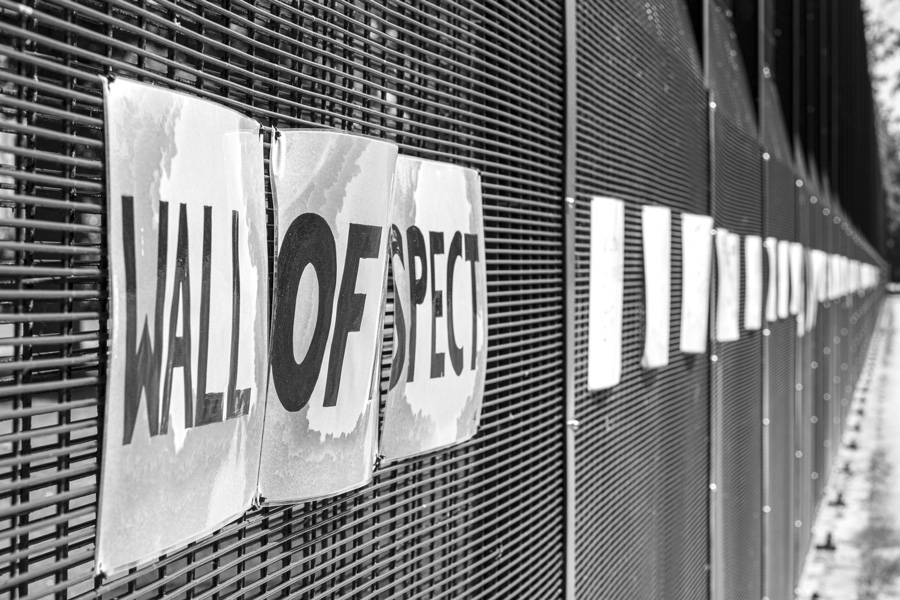
We also looked for opportunities in the pandemic crisis to boost our digitalisation processes, namely video calls between inmates and their families. We also made remote work possible for our administrative staff. These measures required a lot of investment, especially in laptops.
Still, videoconferences with the courts have been very rare because there are legal obstacles; magistrates demand a legal framework to avoid procedural issues with inmates’ lawyers, and as such, our law is not future proof for communication innovations.
For example, we are now increasingly trying to stop using faxes to send documents to the courts, replacing them with email. It works well with public prosecutors but not so well with the courts themselves because many Belgian laws include the word fax; therefore, we must communicate by fax.
We would need updates to the legal framework to push for real systemic change, including those among the judicial system’s actors who remain very conservative.
We had to adjust quickly, including with the purchase of computers. We are now creating a structure to consolidate these innovations. The same is valid with telework. When the pandemic was very active, it had to be implemented quickly, but now we are developing tools to facilitate the management of remote work teams.
Indeed, the measures implemented due to the pandemic are to remain in place after the pandemic.
Rudy Van De Voorde
Director-General Belgian Prison Service
Rudy Van De Voorde began his career as deputy governor of the SaintGilles prison and later became Advisor to the Brussels Conditional Release Commission. Subsequently, he was head of the Personnel Department of the Belgian Prison Service for six years, having participated in the reform of the federal public service in the Ministry of Justice. He has experience as a prison governor (Forest and Dendermonde) and also as a director of a closed centre for juvenile offenders. In addition, he was in charge of supporting the first generation of prisons built through public-private partnerships. He has been the Belgian Prison Service Director-General since October 2018.

